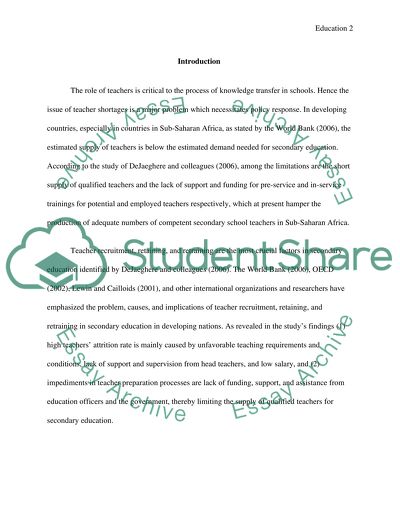Cite this document
(“Article Critique: Increasing the Supply of Secondary Teachers in Essay”, n.d.)
Retrieved from https://studentshare.org/education/1426431-article-critique-of-increasing-the-supply-of
Retrieved from https://studentshare.org/education/1426431-article-critique-of-increasing-the-supply-of
(Article Critique: Increasing the Supply of Secondary Teachers in Essay)
https://studentshare.org/education/1426431-article-critique-of-increasing-the-supply-of.
https://studentshare.org/education/1426431-article-critique-of-increasing-the-supply-of.
“Article Critique: Increasing the Supply of Secondary Teachers in Essay”, n.d. https://studentshare.org/education/1426431-article-critique-of-increasing-the-supply-of.


